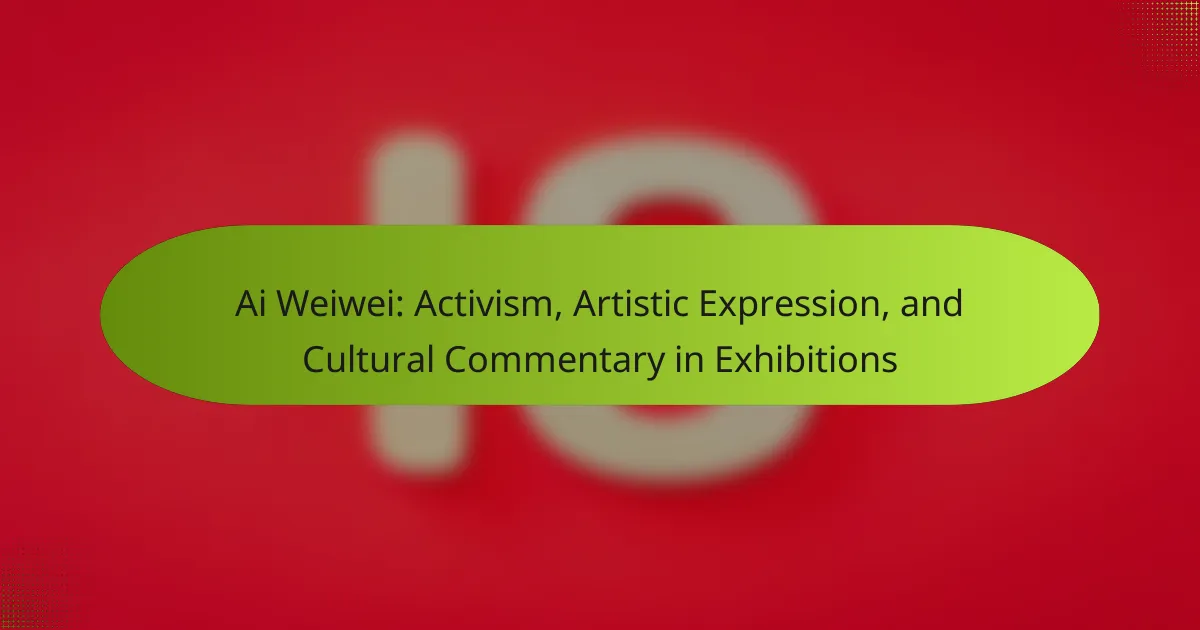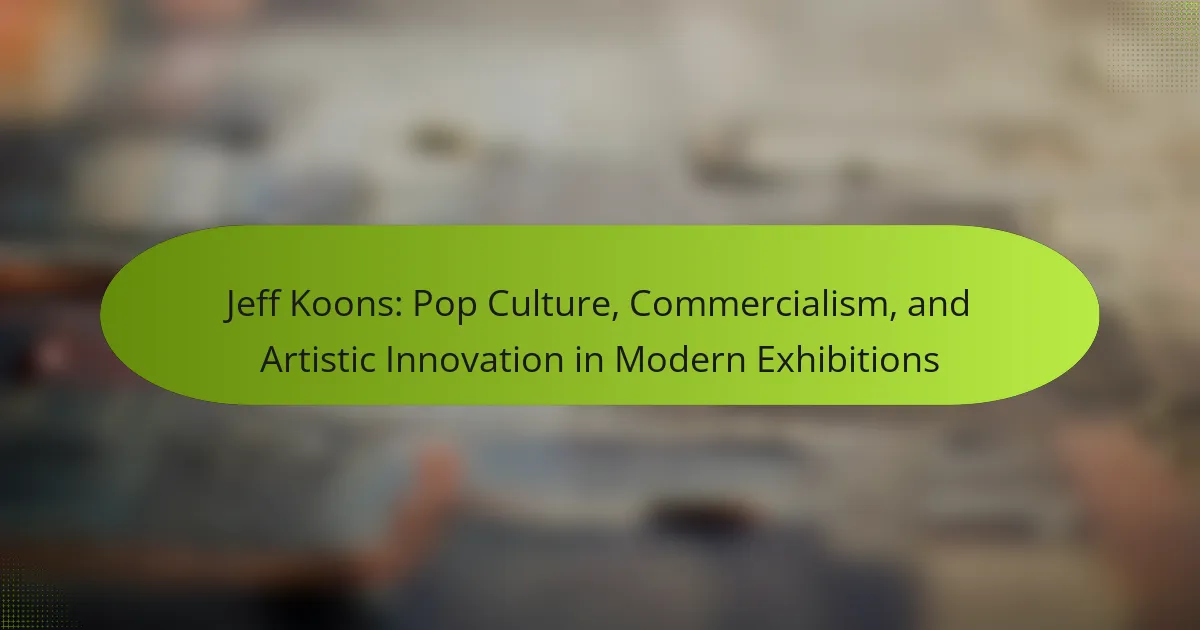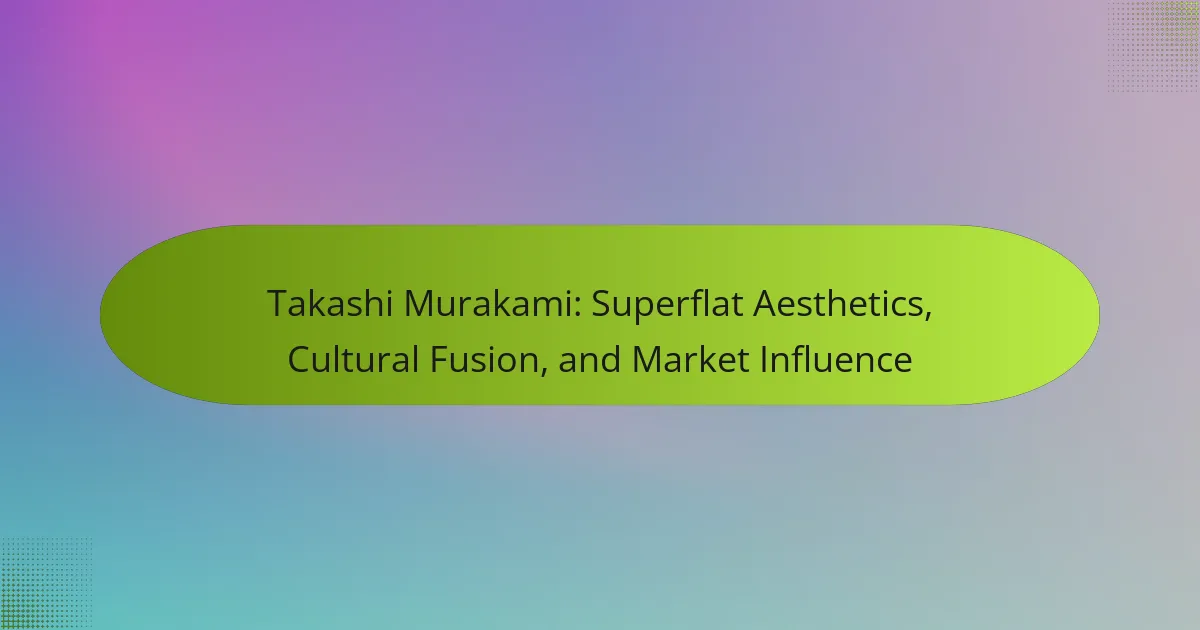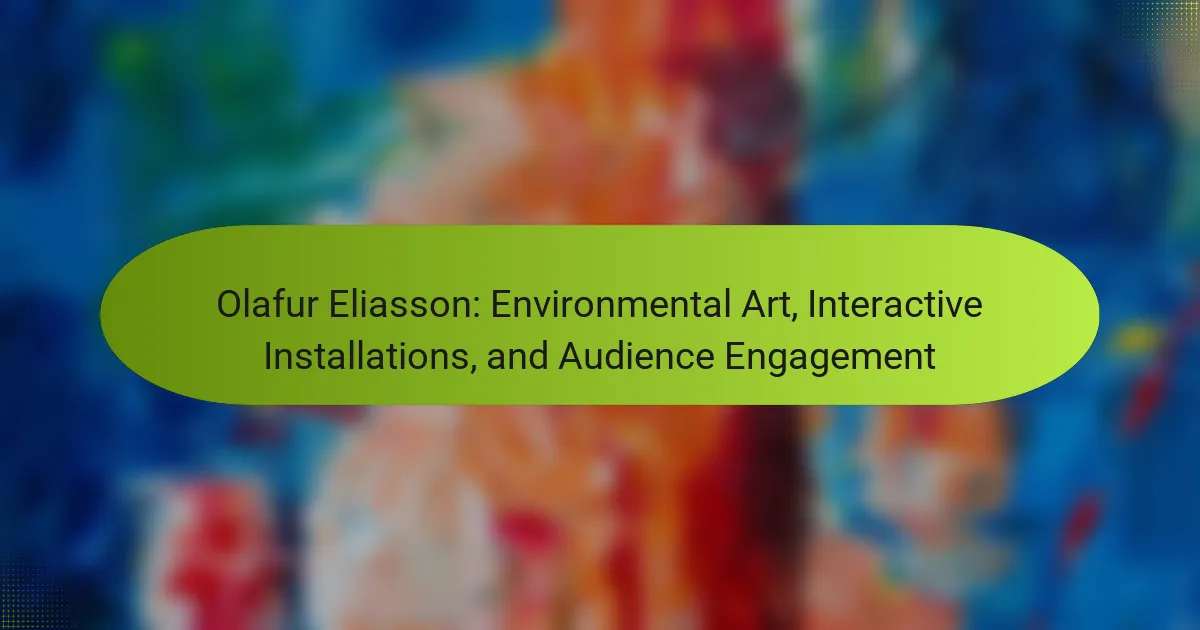Marina Abramović’s performance art captivates audiences through emotional resonance and interactive experiences. This article explores her historical context, endurance themes, and the transformative role of the viewer. It also examines how her unique attributes challenge traditional art boundaries and foster deep connections. Additionally, the impact of cultural interpretations and the lessons her work offers to artists are discussed.

What defines Marina Abramović’s approach to performance art?
Marina Abramović’s approach to performance art is defined by her emphasis on emotional resonance and audience interaction. She explores themes of endurance, vulnerability, and the human experience through immersive experiences. Abramović’s unique attribute is her use of her own body as a medium, which creates a profound connection with viewers. Her historical context includes pioneering long-duration performances that challenge both physical and psychological limits, making her a pivotal figure in contemporary art.
How does emotional resonance shape her performances?
Emotional resonance significantly enhances Marina Abramović’s performances by creating deep connections with audiences. This connection allows her to convey complex emotions and provoke introspection. Her unique ability to embody vulnerability engages viewers, fostering a shared experience. Historical context amplifies this resonance, as her works often reflect societal issues, inviting dialogue and reflection.
Which techniques does she employ to engage audiences?
Marina Abramović employs techniques such as intense physical endurance, audience participation, and emotional vulnerability to engage audiences. These methods create a profound connection between the performer and the viewers. Through her works, she challenges perceptions of art and human interaction. For instance, in “The Artist is Present,” she invited spectators to sit silently across from her, fostering deep emotional exchanges. This unique approach enhances the experiential aspect of performance art, making her work resonate on a personal level.
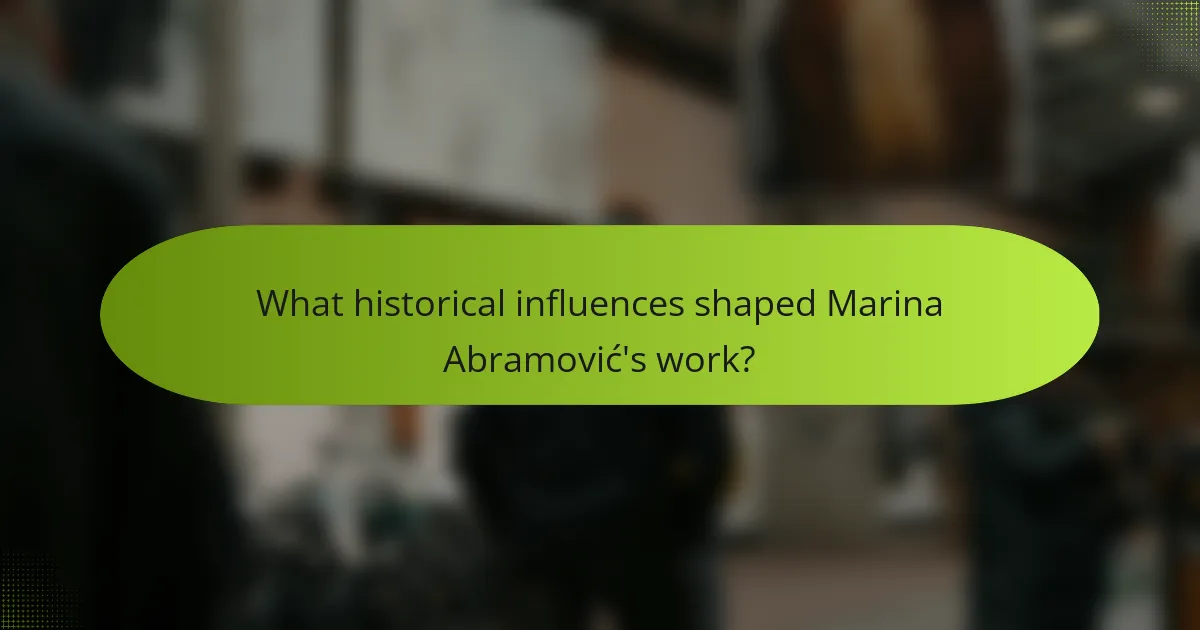
What historical influences shaped Marina Abramović’s work?
Marina Abramović’s work is shaped by historical influences like the avant-garde movements, Eastern philosophies, and feminist theory. Her performances often reflect the socio-political climate of her time, particularly during the Yugoslav Wars. The exploration of endurance and emotional resonance in her art is rooted in her personal experiences and cultural background. Additionally, her engagement with ritualistic elements draws from ancient traditions, enhancing the depth of her performances.
How did the socio-political context of the 1970s impact her art?
The socio-political context of the 1970s profoundly influenced Marina Abramović’s art by emphasizing personal and collective trauma. The era was marked by political unrest, feminist movements, and a search for identity. Abramović’s performances often reflected these themes, exploring emotional resonance and the human experience. For instance, her work “Rhythm 0” challenged the boundaries of trust and vulnerability, resonating with the societal tensions of the time. The unique attribute of her art lies in its ability to transform personal experiences into universal statements, making her a pivotal figure in performance art.
What role do cultural movements play in her artistic evolution?
Cultural movements significantly influence Marina Abramović’s artistic evolution by shaping her themes and methods. Her work often reflects societal issues, drawing inspiration from movements like feminism and performance art. These influences enhance her emotional resonance, allowing audiences to connect deeply with her performances. For instance, her exploration of endurance and vulnerability aligns with contemporary discussions on mental health and personal identity. Such intersections illustrate her unique ability to adapt and respond to cultural shifts while maintaining her core artistic vision.

How does Marina Abramović’s work challenge traditional art boundaries?
Marina Abramović’s work challenges traditional art boundaries by redefining the viewer’s role and emphasizing emotional engagement. Her performance art invites direct participation, transforming passive observation into an active experience. This approach breaks conventional barriers, creating a dialogue between artist and audience. Unique attributes of her performances, such as endurance and vulnerability, provoke deep emotional responses, fostering a connection that traditional mediums often lack. As a result, Abramović’s work expands the definition of art, encouraging exploration of the human condition and the limits of artistic expression.
In what ways does she redefine the artist-audience relationship?
Marina Abramović redefines the artist-audience relationship by fostering direct emotional engagement. She transforms passive observation into active participation, inviting audiences to share intimate experiences. This approach enhances vulnerability and connection, creating a unique platform for dialogue. Her work emphasizes the importance of presence, making the audience co-creators in the artistic process. This shift challenges traditional boundaries, allowing for deeper exploration of shared human experiences.
Which forms of media and collaboration does she utilize?
Marina Abramović utilizes various forms of media and collaboration, including video art, installations, and live performances. She often engages with other artists, musicians, and dancers to enhance emotional resonance in her work. Collaborative projects like “The Artist is Present” showcase her unique ability to connect with audiences through shared experiences. Additionally, she employs social media to reach wider audiences and foster community engagement.
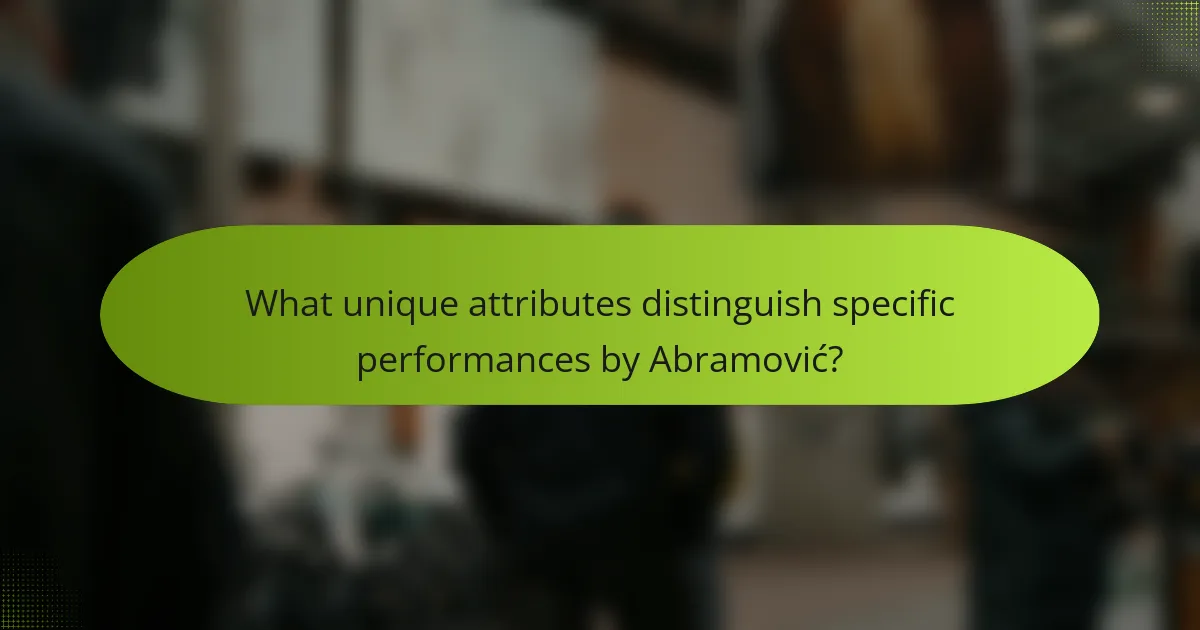
What unique attributes distinguish specific performances by Abramović?
Marina Abramović’s performances are distinguished by their immersive emotional engagement, physical endurance, and audience interaction. Her unique attributes include the use of silence, vulnerability, and prolonged duration, creating profound connections with viewers. For instance, “The Artist is Present” featured an unprecedented 736 hours of eye contact, highlighting her commitment to presence. Another unique aspect is her incorporation of personal narratives, which adds layers of meaning to her work.
How do iconic works like “The Artist is Present” reflect her artistic philosophy?
Marina Abramović’s “The Artist is Present” embodies her artistic philosophy by emphasizing emotional connection and presence. This performance art piece showcases her belief in the transformative power of direct human interaction. Through sustained eye contact, Abramović invites participants to confront their emotions, creating a shared experience that transcends traditional art forms. The work reflects her unique attribute of fostering vulnerability, allowing both the artist and audience to engage deeply. As a result, it highlights her commitment to exploring the boundaries of performance and the human condition.
What are the personal narratives that inform her performances?
Marina Abramović’s performances are deeply informed by her personal narratives of endurance, trauma, and cultural heritage. Her early experiences in Yugoslavia shape her exploration of emotional and physical limits. The historical context of war influences her thematic focus on vulnerability and connection. Additionally, her unique approach to audience interaction stems from a desire to create shared emotional experiences, fostering a powerful dialogue between performer and viewer.

What rare attributes can be identified in Marina Abramović’s later works?
Marina Abramović’s later works exhibit rare attributes such as profound interactivity, collaborative engagement, and a focus on technology. These elements enhance emotional resonance and challenge traditional boundaries of performance art. Her use of immersive environments invites unique viewer experiences, creating a dialogue between artist and audience. Additionally, the integration of digital media reflects a contemporary context, showcasing her adaptability and innovation in the evolving art landscape.
How does she incorporate technology and modern themes into her art?
Marina Abramović incorporates technology and modern themes into her art by utilizing digital media, interactive installations, and virtual reality. These elements enhance audience engagement and emotional resonance. For example, her work “The Artist is Present” used live streaming to connect with viewers globally. Additionally, she explores themes of isolation and connection through social media platforms, reflecting contemporary societal issues. This fusion of technology and performance art creates immersive experiences that resonate with modern audiences.
What innovations in performance art can be traced back to her influence?
Marina Abramović’s influence has led to innovations in performance art that emphasize emotional connection and audience interaction. Her works, such as “The Artist Is Present,” pioneered immersive experiences that invite viewers to engage deeply with the artist’s emotional state. This approach has inspired contemporary performers to explore vulnerability and presence in their art. The integration of technology, such as live streaming, has also expanded the reach and accessibility of performance art, allowing for real-time audience participation. Abramović’s emphasis on endurance and physicality has encouraged artists to push boundaries, creating more visceral and impactful experiences.

How has Marina Abramović’s work been received across different cultures?
Marina Abramović’s work has elicited diverse responses across cultures, reflecting various interpretations of her performance art. In Western cultures, her work is often celebrated for its emotional depth and boundary-pushing nature. Critics highlight the historical context of her performances, which challenge societal norms and provoke thought.
In contrast, some Eastern cultures may interpret her work through different lenses, focusing on themes of endurance and spirituality. For example, her piece “The Artist Is Present” resonates with audiences who value meditation and presence. Cultural background significantly influences how her art is perceived, shaping the emotional resonance and historical significance attributed to her performances.
Moreover, Abramović’s unique approach to collaboration with audiences fosters a sense of shared experience, transcending cultural barriers. This aspect of her work has been increasingly recognized globally, contributing to a broader understanding of performance art’s role in contemporary discourse.
What are the varying interpretations of her performances in different regions?
Marina Abramović’s performances are interpreted differently across regions due to cultural context, historical significance, and audience engagement. In Europe, her work often emphasizes emotional depth and historical narratives. In contrast, Asian audiences may focus on the spiritual elements and the meditative aspects of her performances. Regional interpretations can also reflect varying societal norms and art appreciation levels, influencing how her work is received and understood.
How do cultural perceptions of performance art influence her audience engagement?
Cultural perceptions of performance art significantly enhance audience engagement by shaping emotional responses. Marina Abramović’s work often challenges societal norms, prompting viewers to confront their own feelings and beliefs. Her performances, deeply rooted in historical context, evoke empathy and reflection, fostering a shared experience. This unique emotional resonance is crucial in bridging the gap between artist and audience, making the art form more impactful. As a result, cultural background influences how audiences interpret and connect with performance art, ultimately enhancing their engagement.
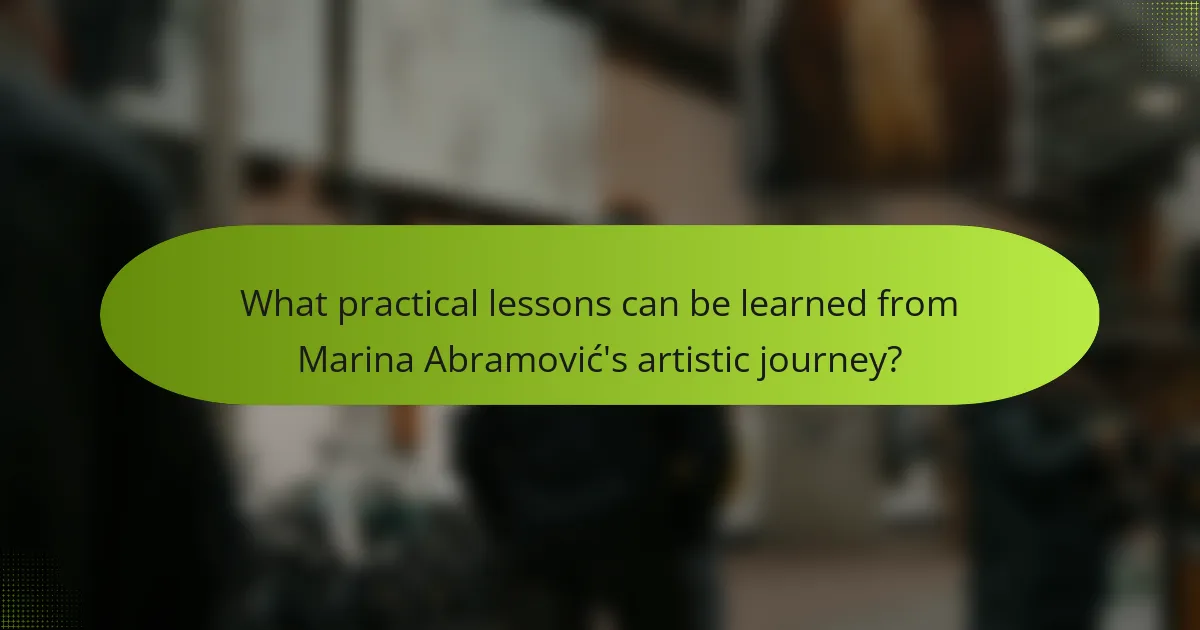
What practical lessons can be learned from Marina Abramović’s artistic journey?
Marina Abramović’s artistic journey offers practical lessons in emotional engagement, resilience, and the importance of historical context. Her work emphasizes the power of vulnerability in art, teaching artists to connect deeply with their audience. She demonstrates the value of endurance and commitment, showcasing how persistence can lead to impactful experiences. Additionally, Abramović’s integration of historical references into her performances highlights the significance of context in shaping artistic narratives. These lessons encourage artists to explore personal boundaries and societal issues through their work.
Which best practices can emerging artists adopt from her methodology?
Emerging artists can adopt several best practices from Marina Abramović’s methodology. They should focus on emotional engagement, utilizing the body as a medium, and creating immersive experiences.
Artists can prioritize vulnerability to foster deeper connections with their audience. They should explore the historical context of their work, drawing inspiration from past performance art to inform their practice. Collaboration is essential; working with other artists can enhance creativity and broaden perspectives.
Lastly, maintaining discipline and commitment to their craft can lead to more impactful performances. By integrating these practices, emerging artists can cultivate a distinctive voice in the performance art landscape.
What common mistakes should artists avoid when exploring performance art?
Artists should avoid common mistakes like neglecting audience engagement, over-relying on shock value, and lacking a clear concept. These pitfalls can undermine emotional resonance and historical context in performance art. Focusing on authentic expression and audience connection enhances the impact of the work. Additionally, failing to prepare adequately can lead to unintentional miscommunication of the intended message.
